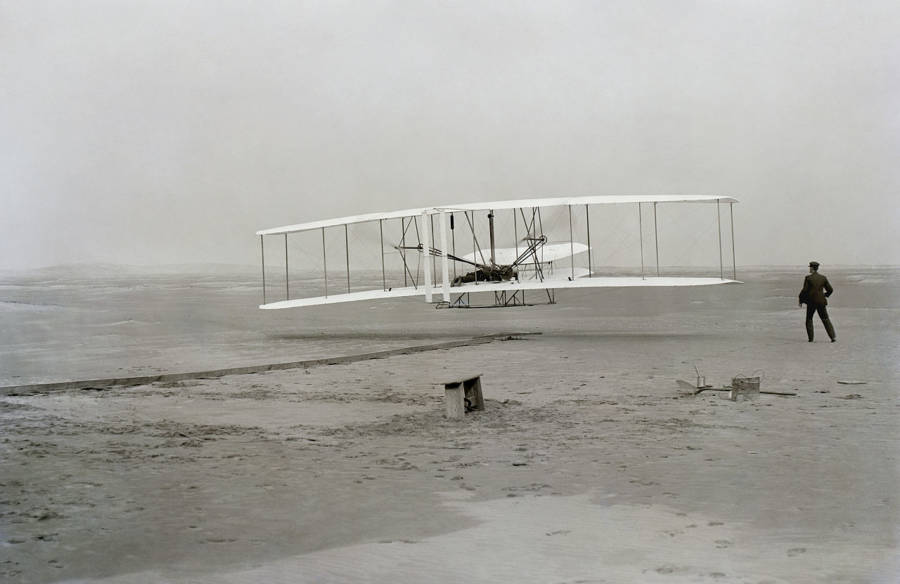
This historic takeoff marked the first successful flight of a manned, powered, heavier-than-air craft in history.John T. Daniels/Library of Congress
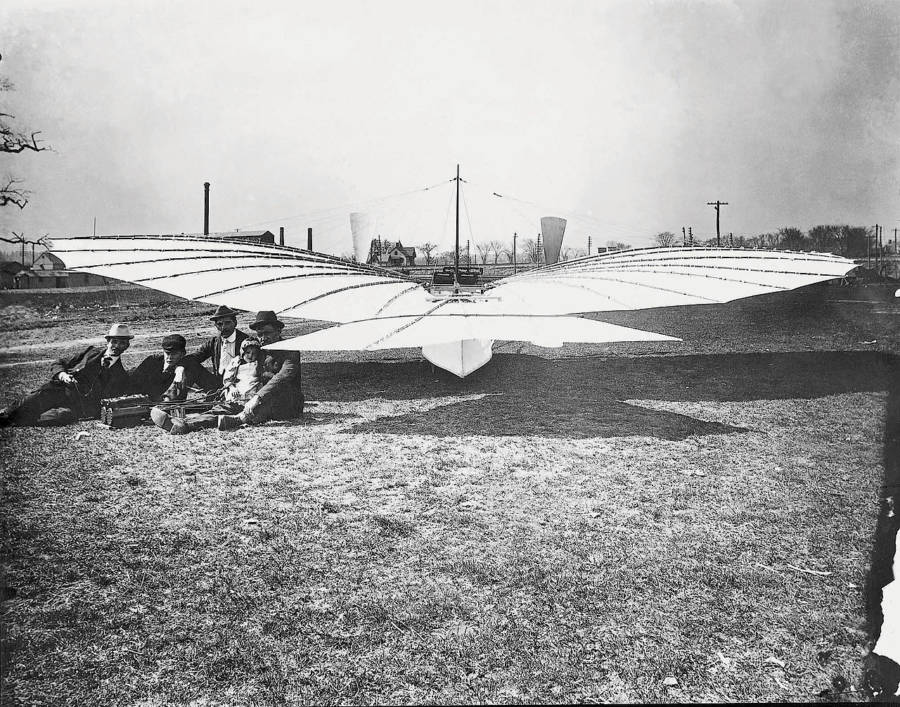
On August 14th of that year, Whitehead reportedly piloted a controlled, powered flight of this heavier-than-air craft in Fairfield, Connecticut.
If true, this would give Whitehead (and not the Wright Brothers) the title of "first in flight." However, the claim remains disputed to this day.Valerian Gribayedoff/Wikimedia Commons
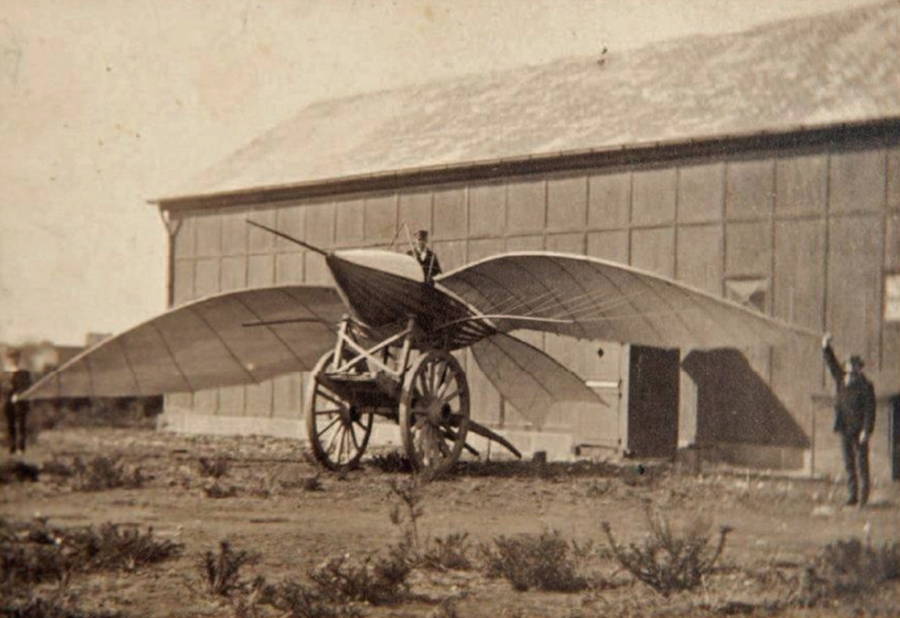
Some credit Le Bris with making history's first glider flights all the way back in 1856. A development on the craft used to make those flights, the glider pictured here achieved little success as an aircraft but nevertheless stands as the first one to ever be photographed, according to some sources.Wikimedia Commons
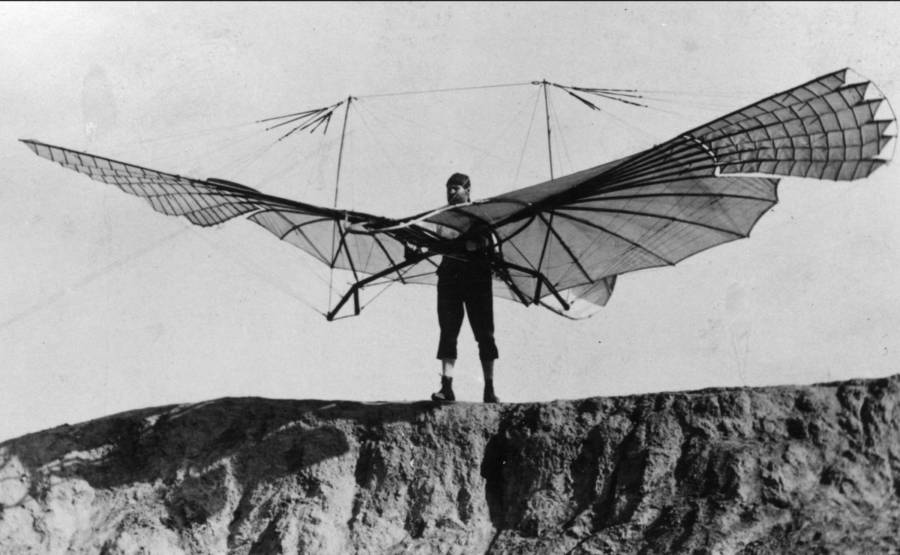
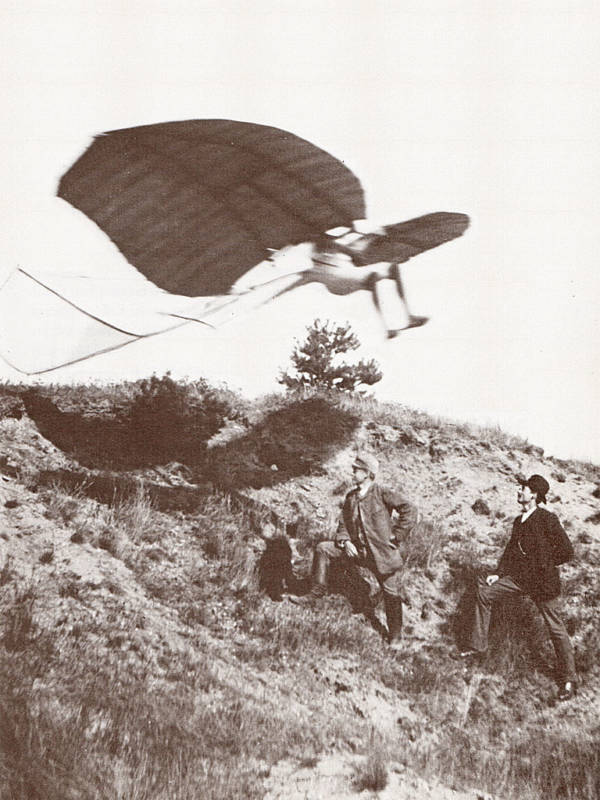
Lilienthal's early success in achieving what some say were history's first true gliding flights inspired, among others, the Wright brothers. As Wilbur once said, "Of all the men who attacked the flying problem in the 19th century, Otto Lilienthal was easily the most important."Carl Kassner/Wikimedia Commons
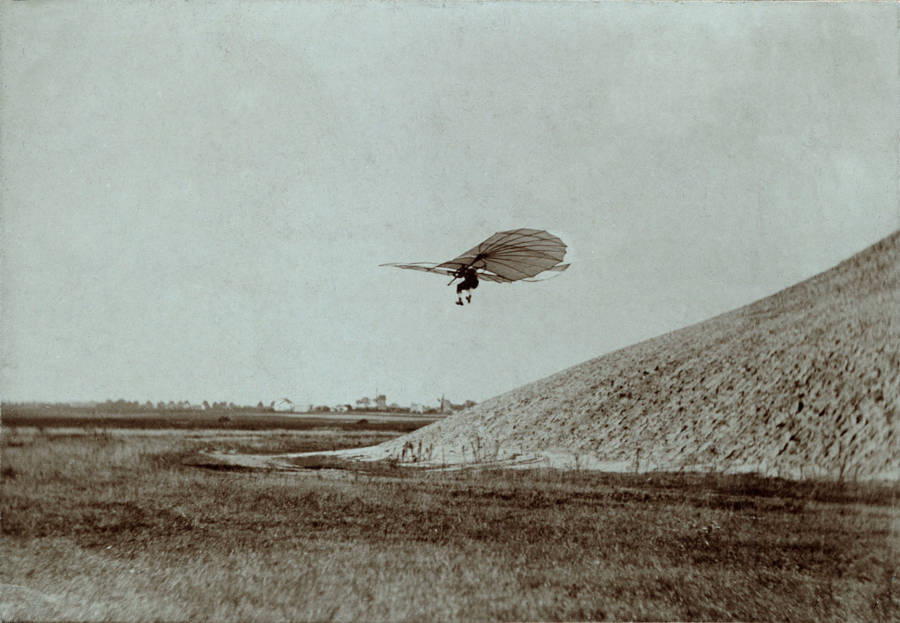
On August 10th of the following year, Lilienthal's glider stalled mid-flight near Gollenberg, Germany, causing him to fall 50 feet to his death.Library of Congress
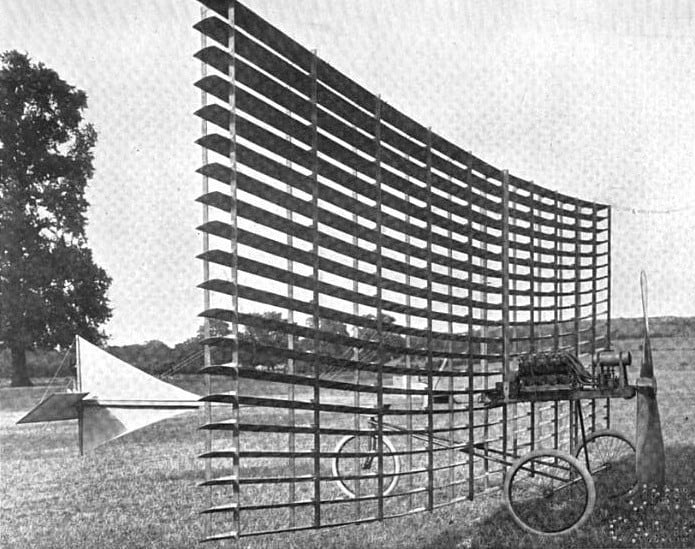
Although his crafts weren't very successful, Phillips achieved some fame for building multiplanes with far more wing surfaces than what one would find on most planes then and now. This 1904 model, for example, featured 21 wings.Wikimedia Commons
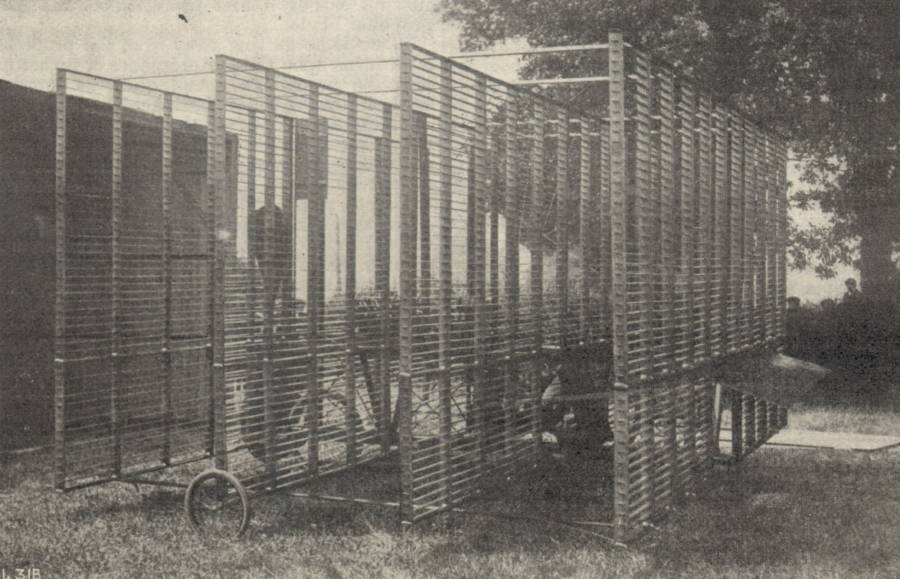
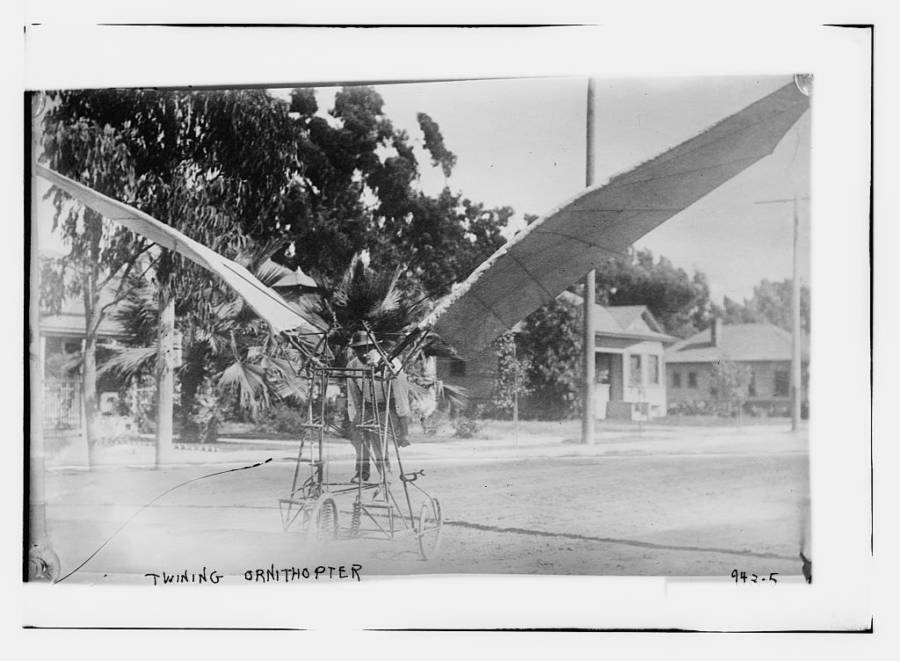
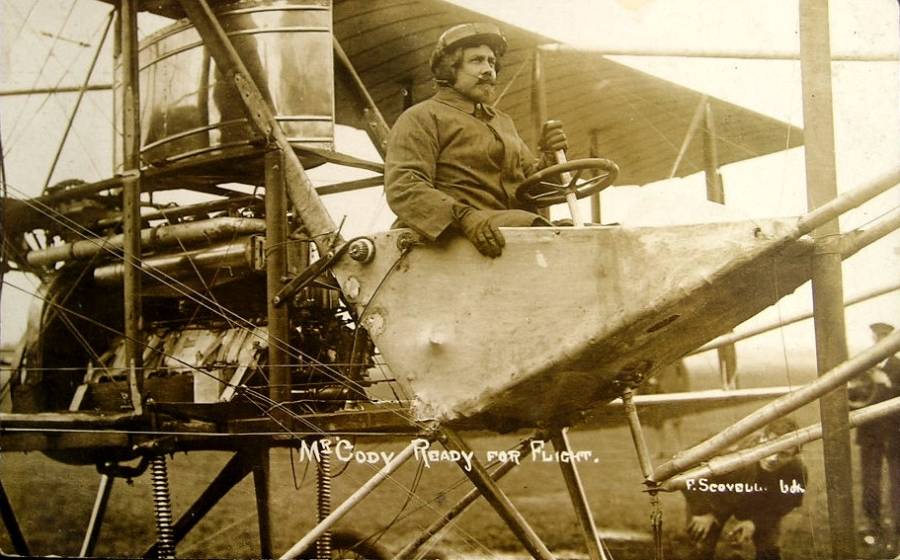
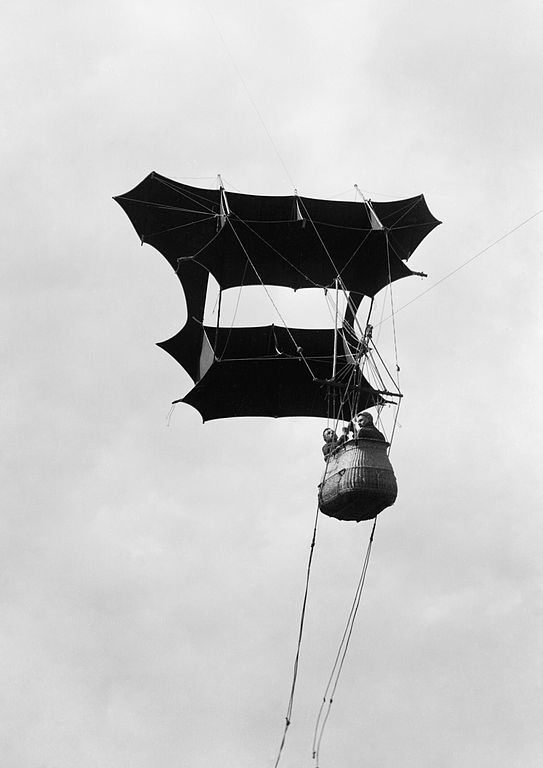
Such kites were intended for use when high wind speeds (above 20 miles per hour) prevented the use of observation balloons. The kite could ascend 2,500 feet in the right conditions.Royal Engineers/Imperial War Museums/Wikimedia Commons
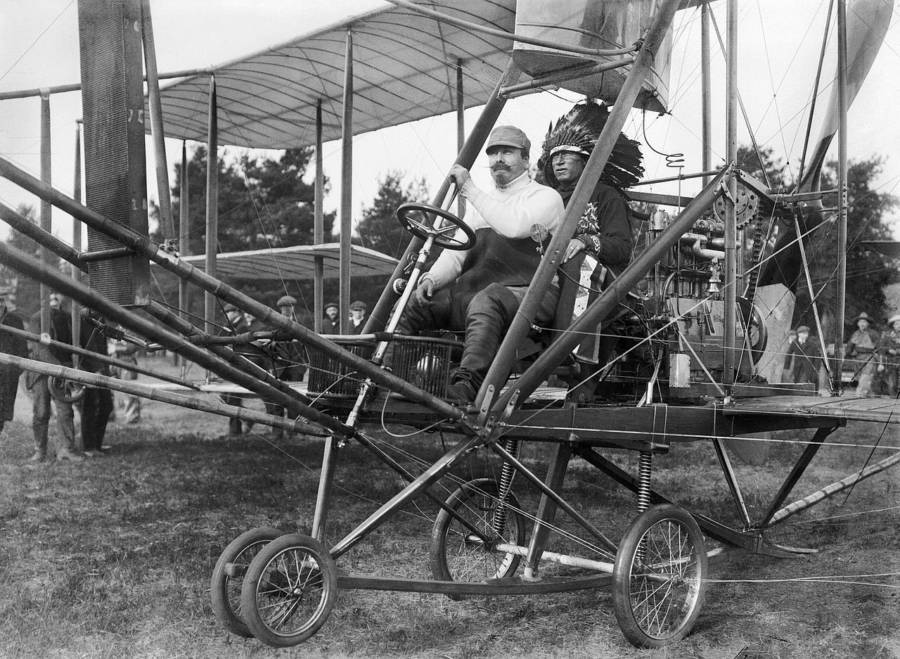
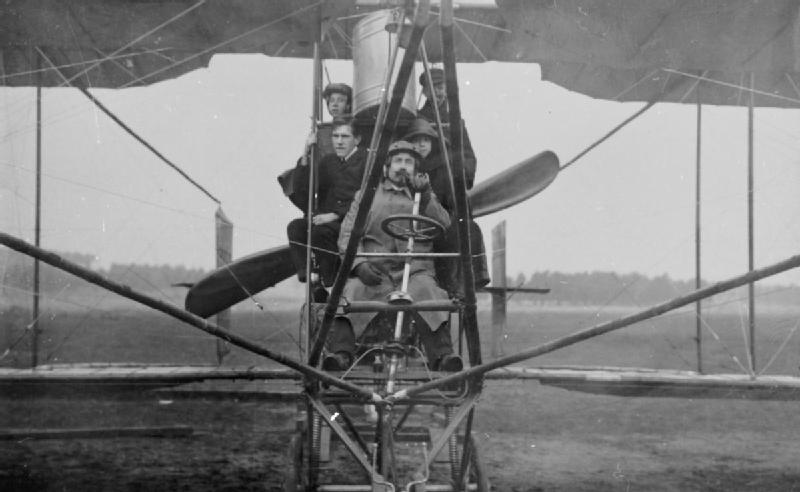
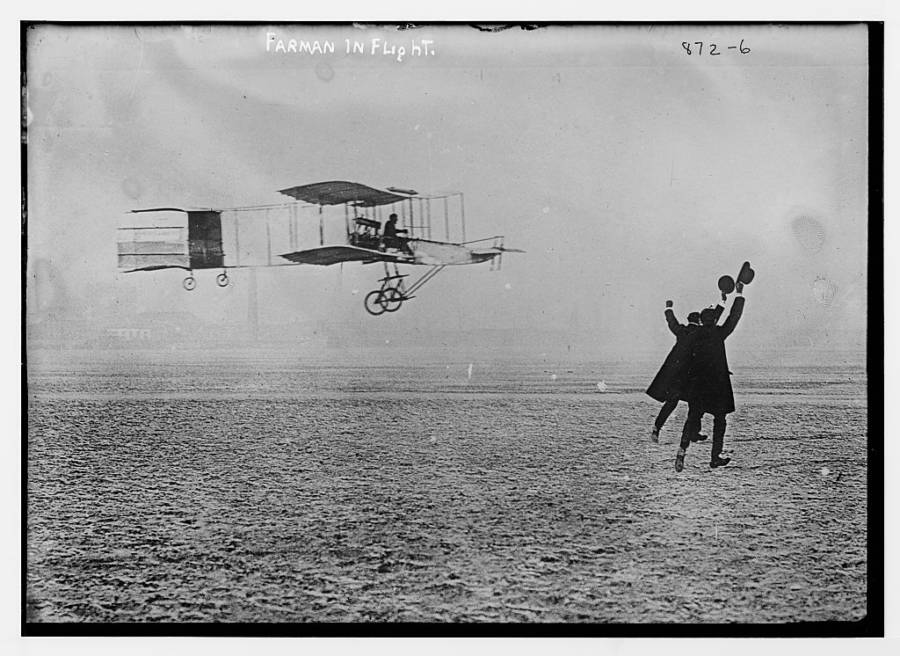
br> Founded by brothers Richard, Henri, and Maurice Farman, the company designed more than 200 different types of aircraft during the early years of flight. Bain News Service/Library of Congress
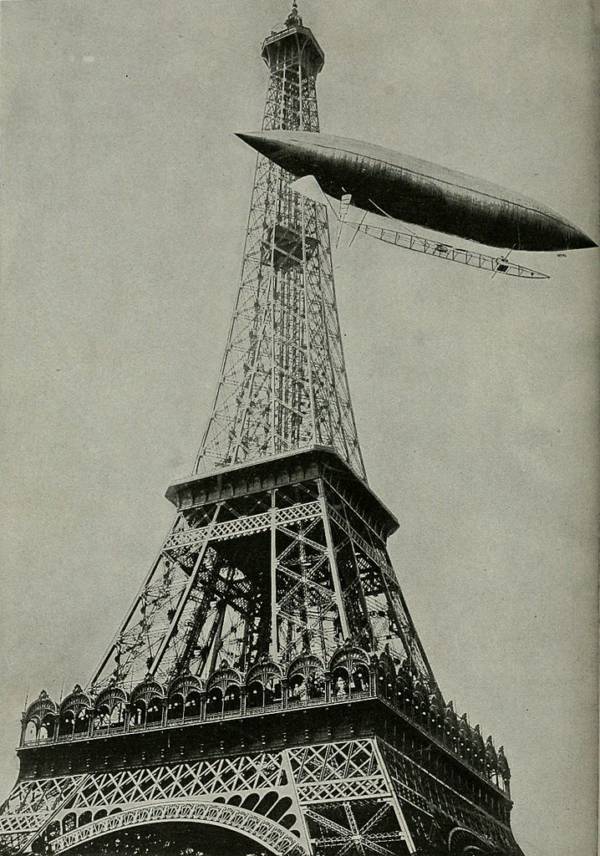
After doing pioneering work in lighter-than-air crafts, Santos-Dumont piloted Europe's first flight in a heavier-than-air craft in 1906.
Because he believed that aviation would bring peace and prosperity to the world, he declined to patent his breakthroughs, instead publishing his designs for all to share.Wikimedia Commons
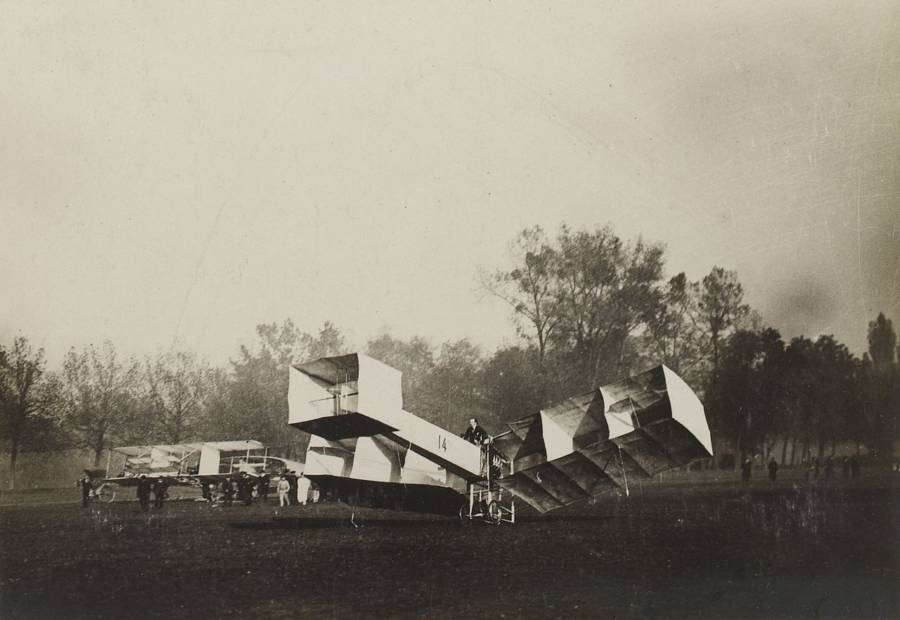
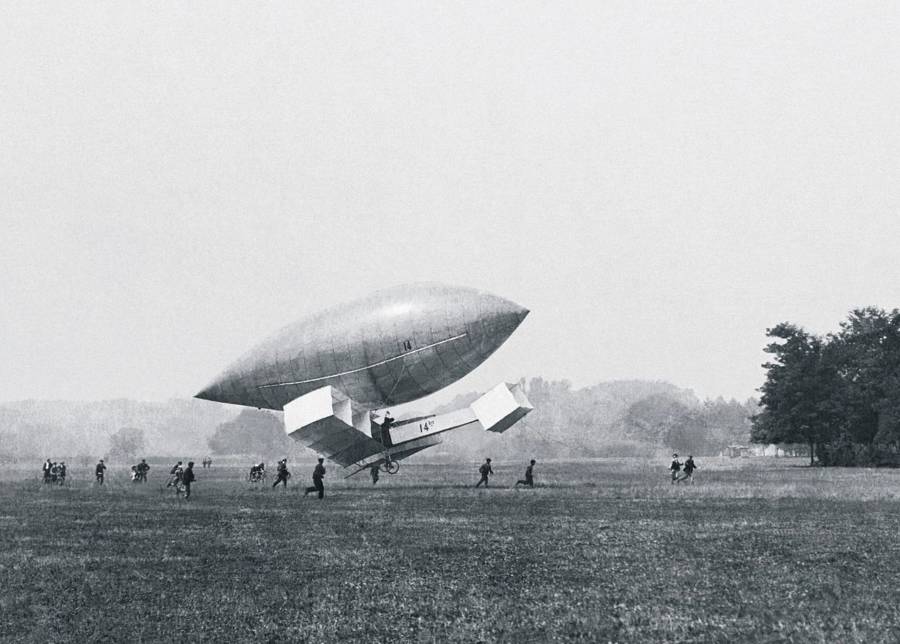
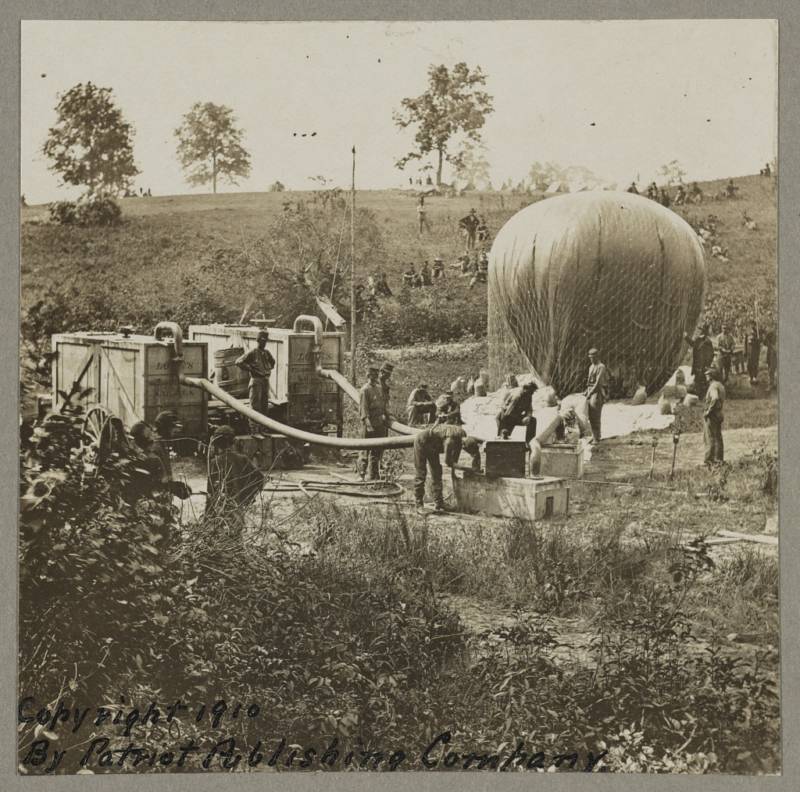
Many credit the Intrepid with helping the Union Army to win this battle over the Confederates. Throughout the war, hundreds of balloons were put into use.Mathew Brady/Library of Congress
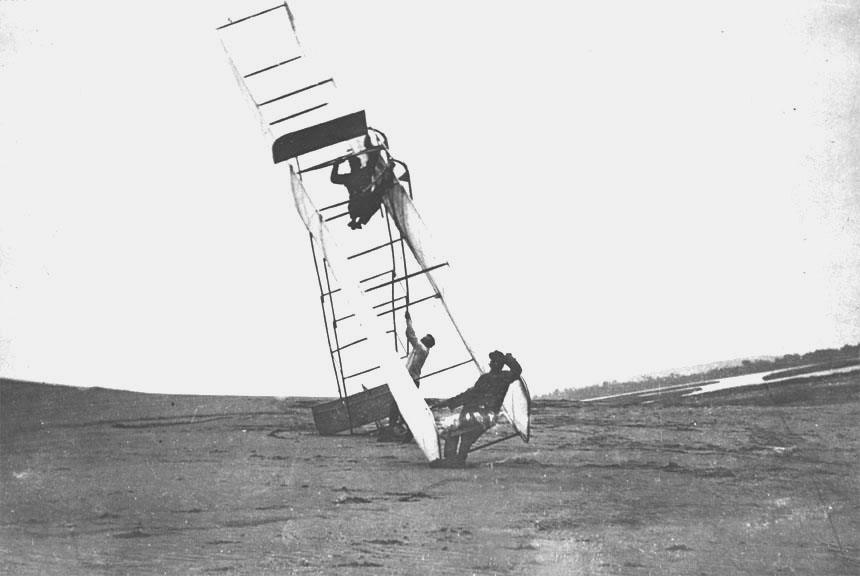
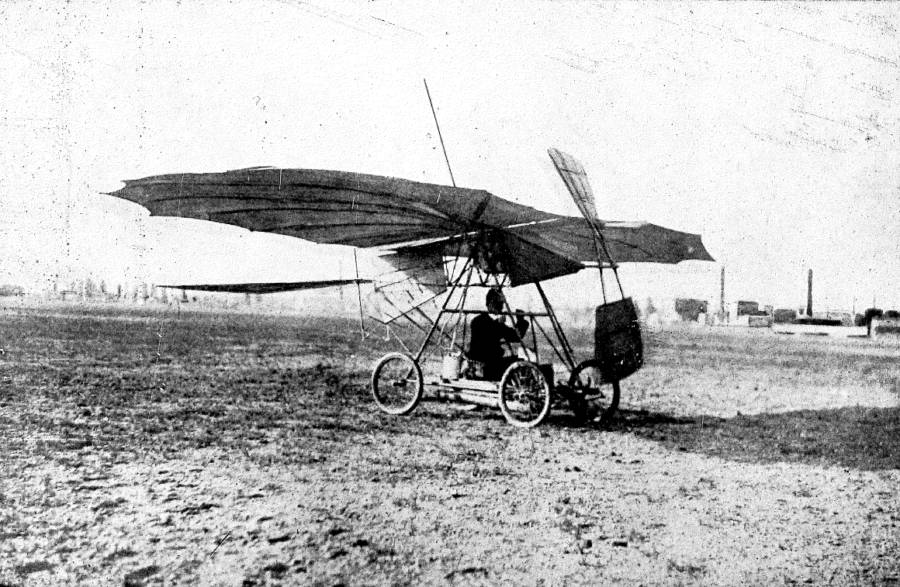
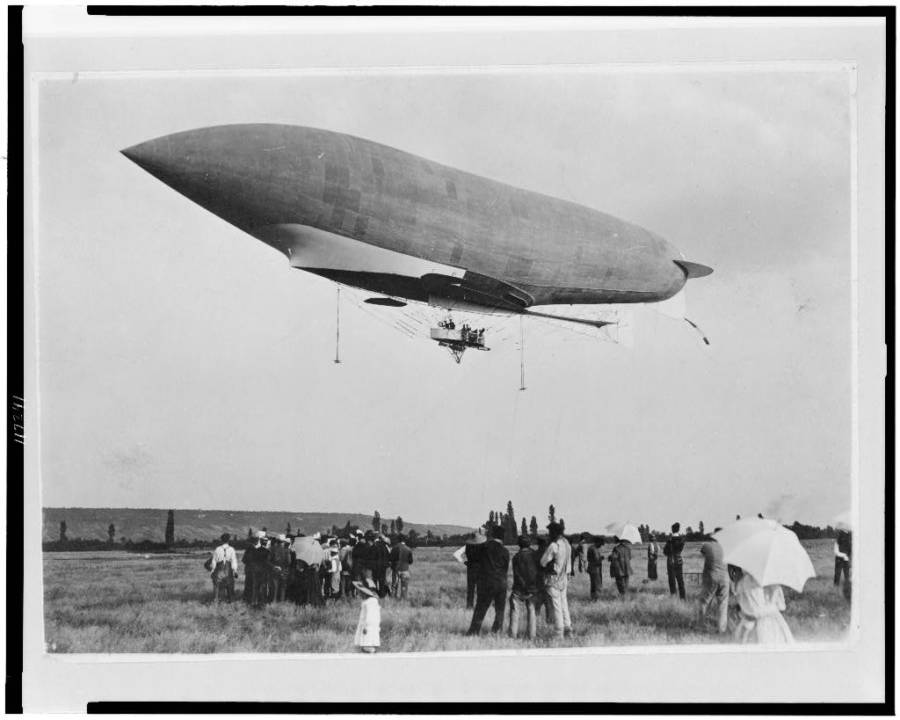
The airship's fatal crash two years later helped convince militaries around the world to move away from airships and toward airplanes, then just in their infancy.Library of Congress
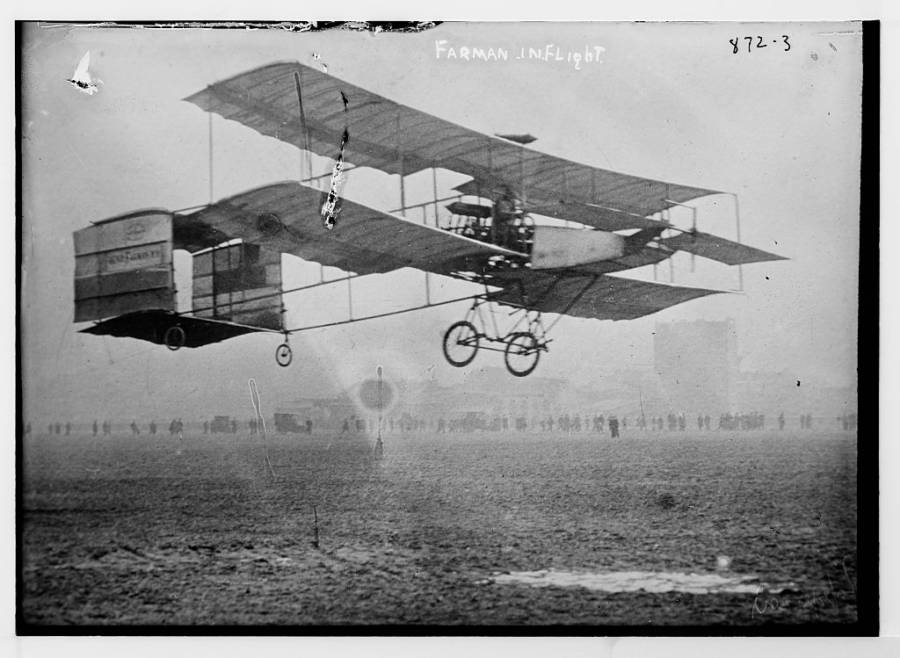
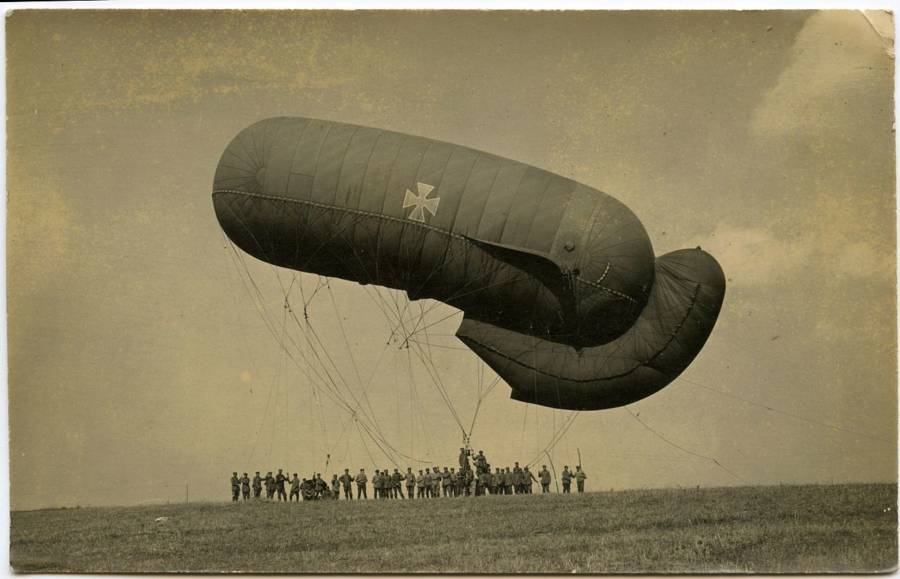
This period marked the zenith of balloon usage for military observation purposes.Europeana/Wikimedia Commons
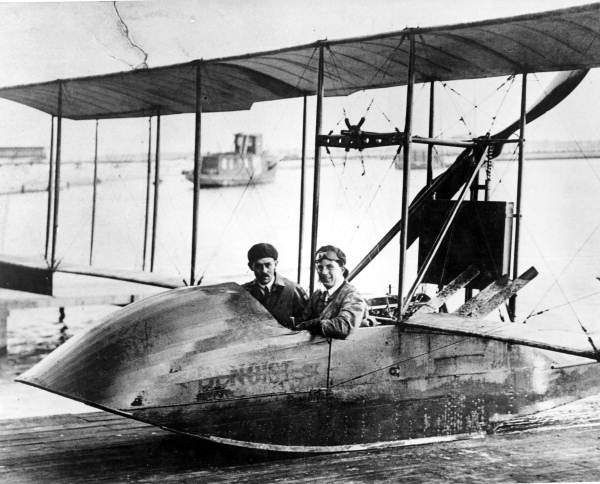
Jannus used "flying boats" like these to make history as both the pilot of the first plane out of which a parachute jump was made (1912) and as the pilot of the world's first commercial airplane flight, which ran from St. Petersburg, Florida to Tampa, Florida on January 1, 1914.
Two years later, Jannus died when the plane he was using to train Russian military pilots crashed into the Black Sea.Wikimedia Commons
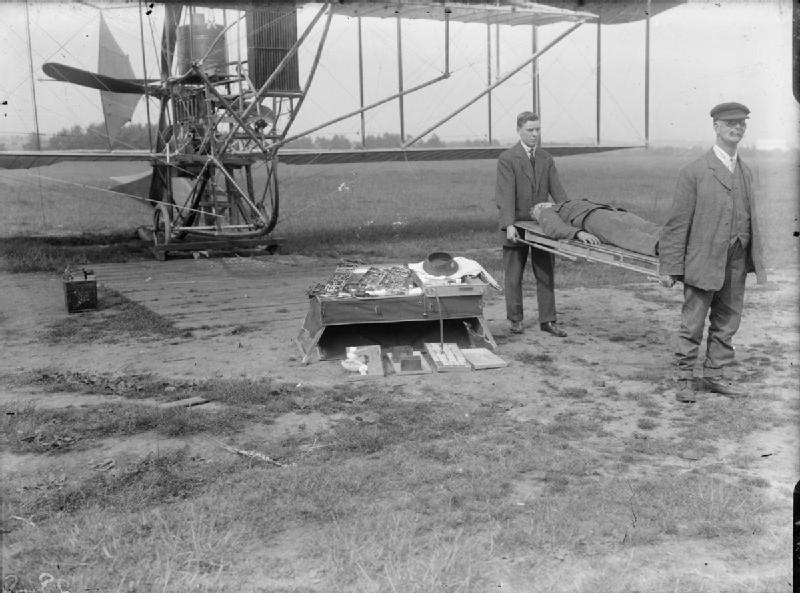
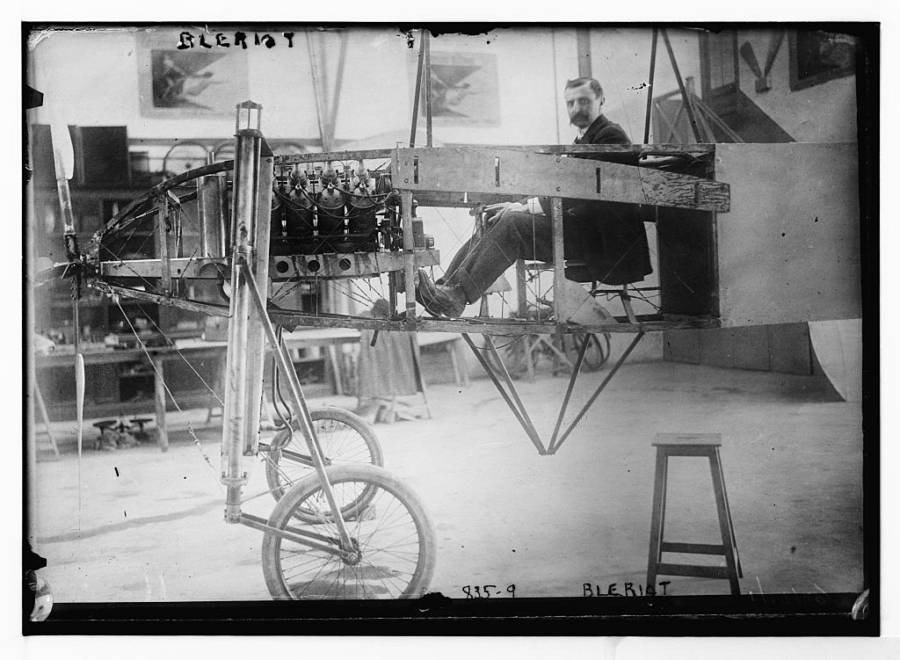
Blériot would soon achieve fame by making the first flight across the English Channel in a heavier-than-air craft as well as making the first true monoplane.Bain News Service/Library of Congress
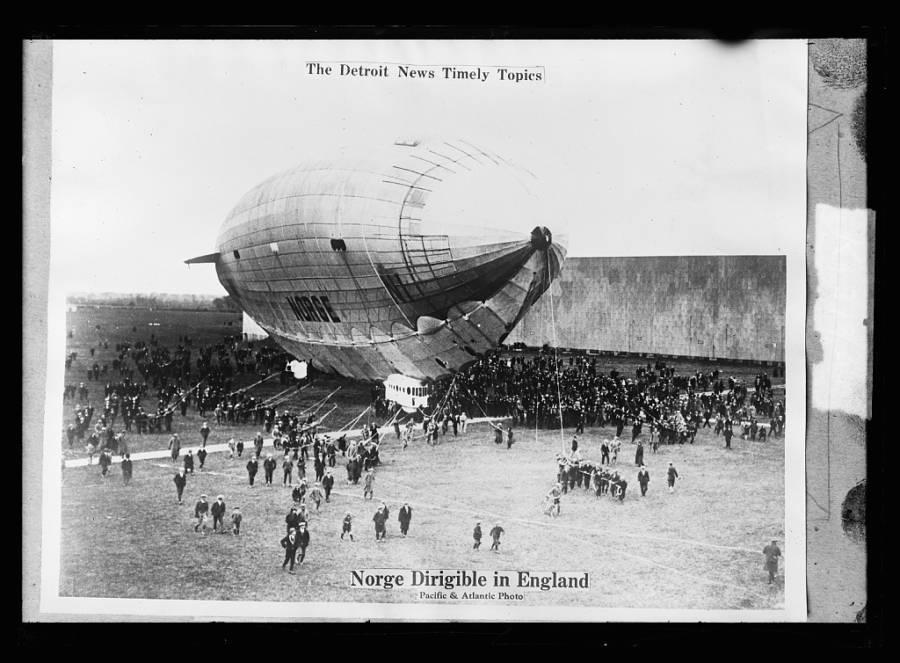
On May 12, 1926, the Norge made history as the first aircraft to travel to the North Pole.Pacific and Atlantic Photos, Inc./Detroit Publishing Co./Library of Congress
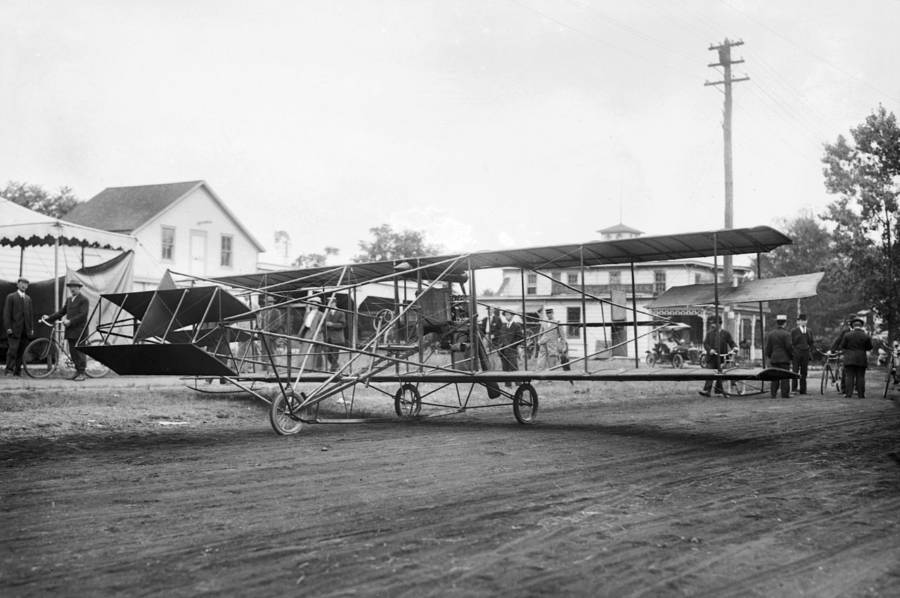
Founded by pioneering American aviators Augustus Moore Herring and Glenn Curtiss in 1909, the Herring-Curtiss Company became one of the most important aircraft manufacturers during the early years of flight.Bain News Service/Library of Congress
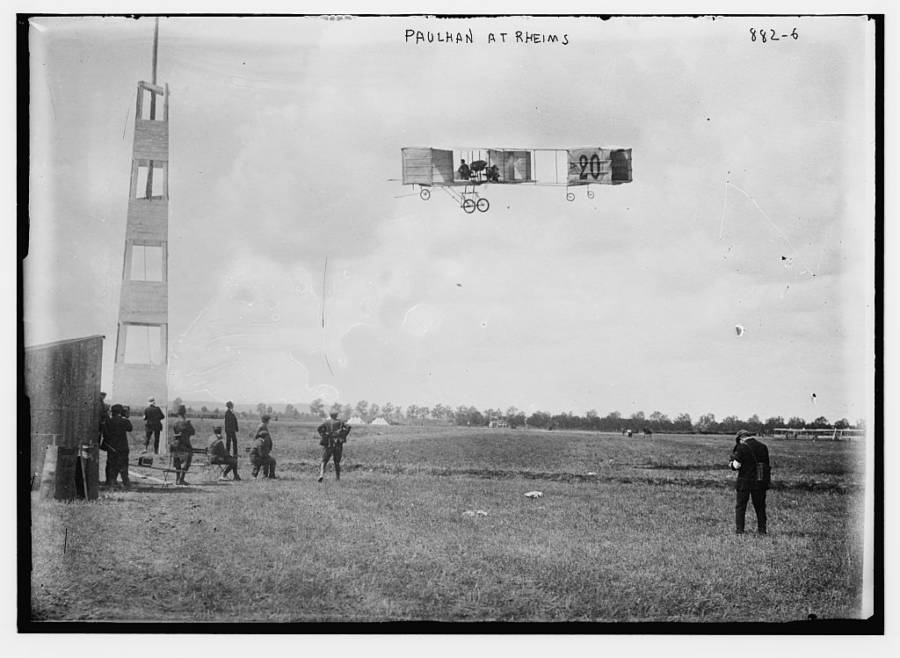
Paulhan set many height and speed records in his day and frequently clashed with the patent-holding Wright brothers over the legality of his practice of putting on air shows for profit.Bain News Service/Library of Congress
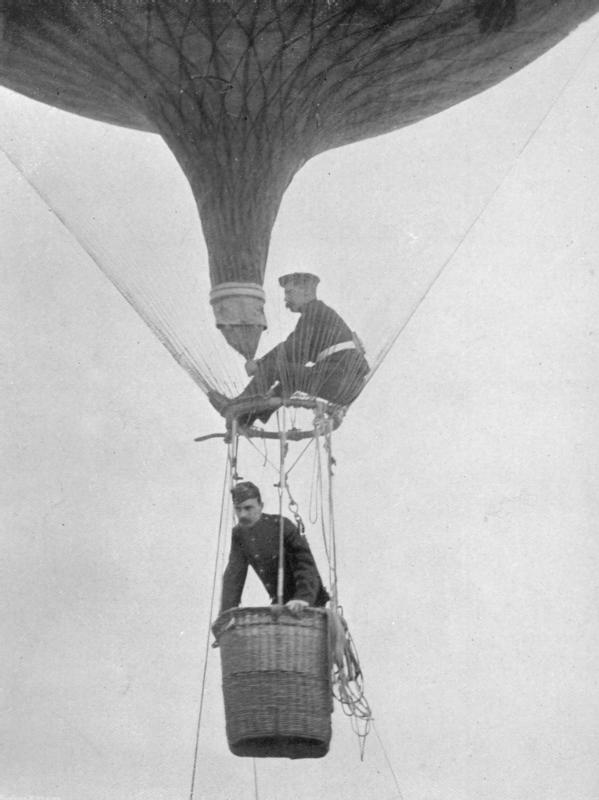
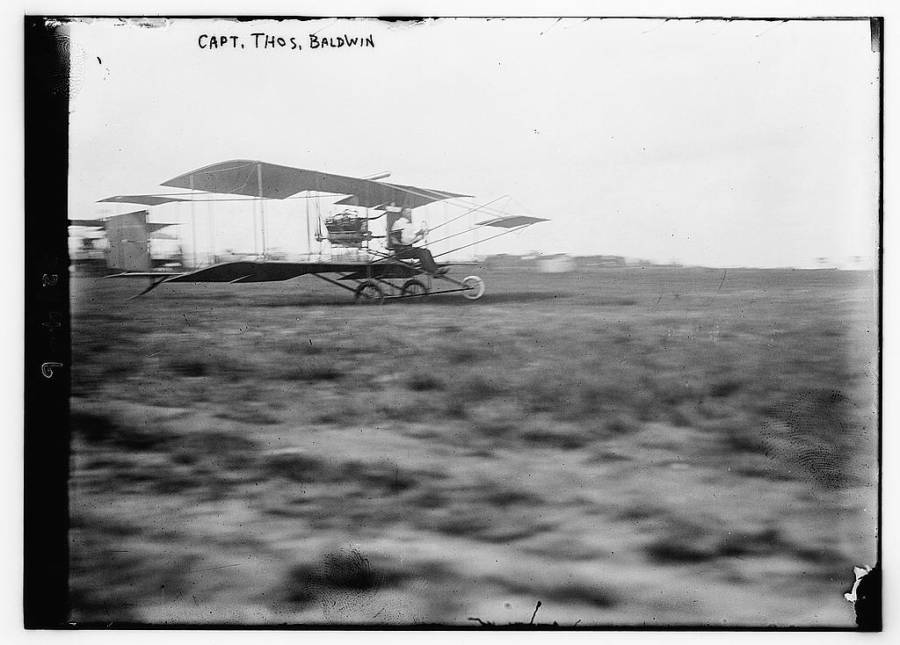
Baldwin made history as the first pilot to fly over the Mississippi River and later built aircraft for the U.S. Navy and helped lead American military efforts in aviation during World War I.Bain News Service/Library of Congress
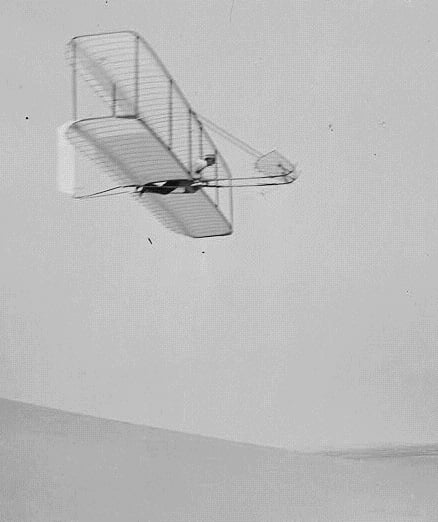
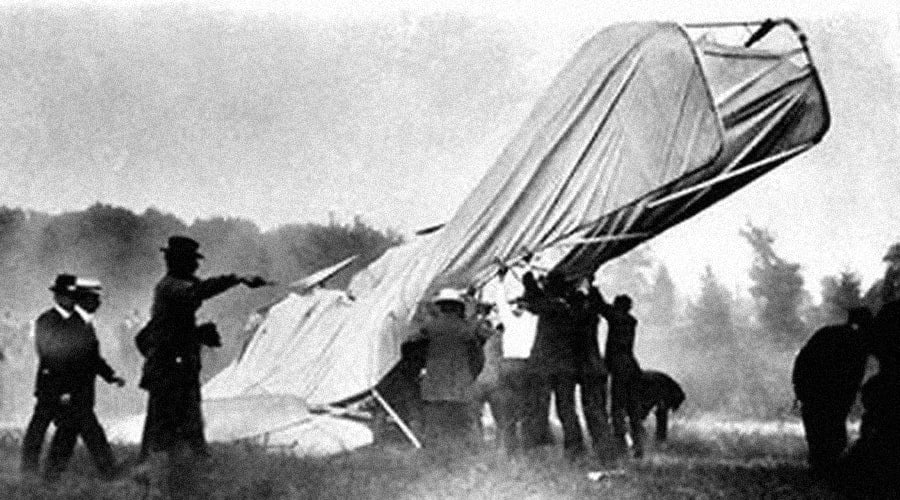
After the Wright brothers made the first sustained and controlled flight of a heavier-than-air craft near Kitty Hawk, North Carolina on December 17, 1903, humanity's race to the skies hardly ended. Quite the contrary, it heated up more than ever.
In the wake of the brothers' breakthrough — not unlike the years before as well — dozens of daredevil pilots, engineers, and manufacturers tried out hundreds of methods to put humans in the air. There were gliders, wingsuits, balloons, airships, flying darts, and even stranger contraptions whose names can hardly explain their functions.
Many of these attempts went nowhere — rough drafts left on the scrapheap of history. But plenty of them contributed to the methods of flight we take for granted today.
So while we may now have little fascination left with flight, the photos above will take you back to a freewheeling time when "pilots" and "airplanes" were "aviators" and "flying machines," when flight was still shiny and new, when simply taking off and landing was anything but a sure thing.
Fascinated by this look at vintage flying machines? Next, see which legendary innovators join the Wright brothers among famous inventors who don't actually deserve credit for their most famous breakthrough. Then, take flight beyond our atmosphere and have a look at some vintage NASA photos from the glory days of space travel.





